
FOSS4G PHILIPPINES
Promoting Free and Open Source Software for Geospatial Applications
About FOSS4G PH
Since 2011, FOSS4G Philippines had been conducting workshops and talks to promote the use of free and open source technologies for geospatial applications.
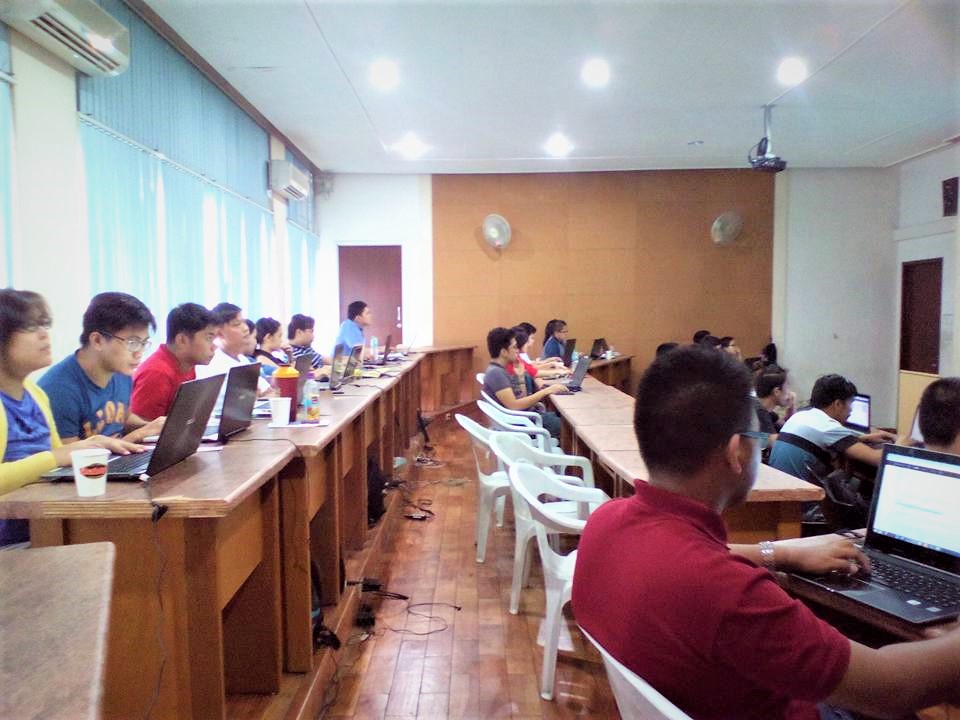
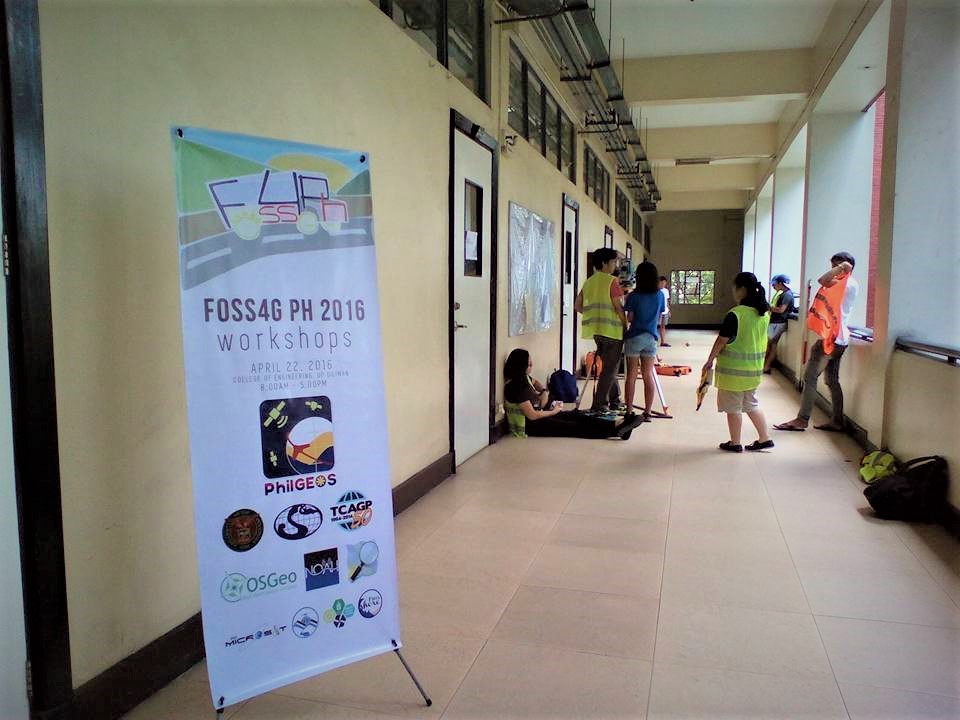
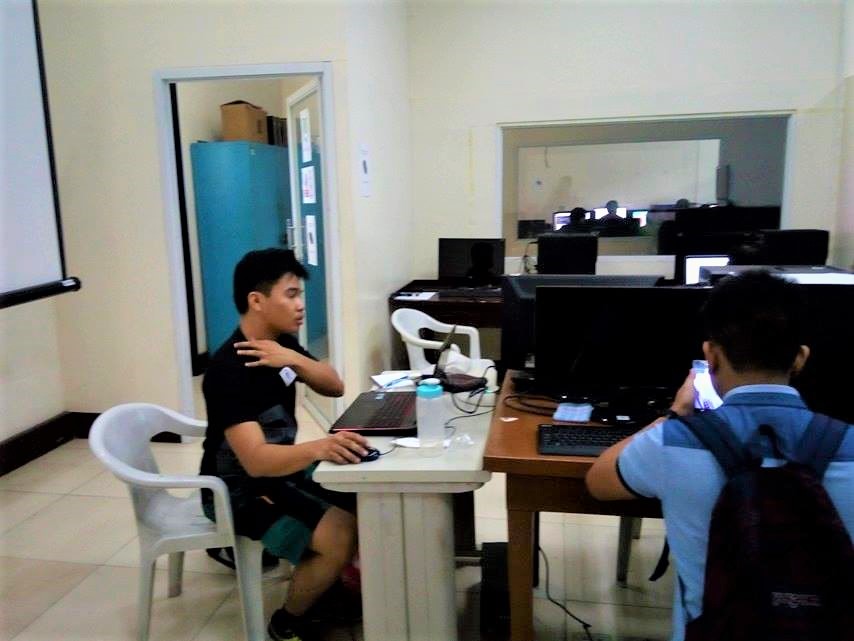
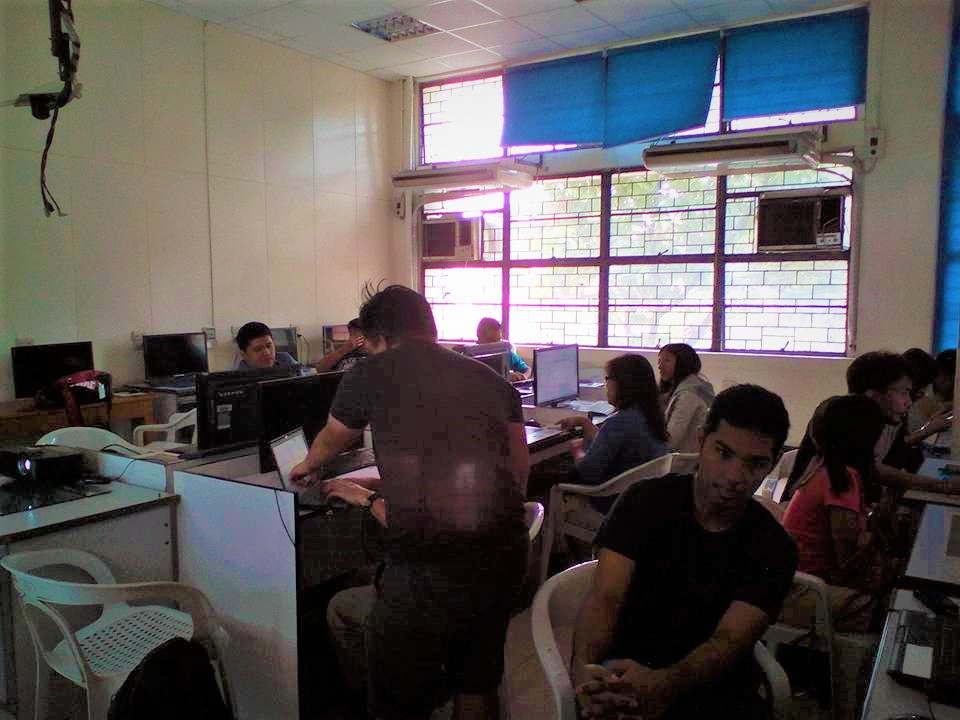
FOSS4G PH TALKS 2017
FOSS4G Philippines will conduct a series of talks on May 24, 2017 as a pre-conference event for the Philippine Geomatics Symposium 2017 - “Geospatial Digital Data for Development (Geospatial 3D): Acquisition, Modeling, Analysis, Visualization, and Applications of 3D Data”.
Program
| Time | Parallel Session
|
|
|---|---|---|
| 7:00-9:00am |
Registration
|
|
| 9:10-9:30am | Opening remarks & Intro to FOSS Marx Tupas | |
| 9:30-9:55am | Pandas and Folium Francis Bautista | PHL-Microsat DPAD Diwata-1 Georef-a-thon Julius Sempio |
| 9:55 -10:20am | Google Earth Engine as cloud based Geospatial Computing: A demonstration Michael Manalili | PHL-Microsat DPAD Diwata-1 Georef-a-thon Julius Sempio |
| 10:20-10:40am | Break / extended Q&A | |
| 10:40-11:05am | Getting Started with Geospatial Queries in Elasticsearch Benjie Jiao | Land Cover Classification in QGIS Julius Sempio |
| 11:05-11:30am | OpenStreetMap in the Philippines Erwin Olario | Land Cover Classification in QGIS Julius Sempio |
| 11:30-12:00pm | Community Open Forum | |
| 12:00-1:00pm | Lunch Break | |
| 1:00-1:40pm | Lightning Talks | |
| 1:40-2:05pm | Land-use classification using subpixel analysis of impervious surfaces Gabriel Torres | OpenStreetMap + Overpass Turbo : Quick & Dirty Data Extraction Erwin Olario |
| 2:05:2:30pm | Estimating Solar Energy from Geostationary Satellite Data Patrick Jay Lucanas | WebGIS Introduction Marx Tupas |
| 2:30-2:50pm | Break or extended Q&A | |
| 2:50-3:15pm | Typhoon risk program design using R Carl Calub | WebGIS Introduction Marx Tupas |
| 3:15-3:40pm | Awesome Talk about Deep Learning John Ray Bergado | WebGIS Introduction Marx Tupas |
| 3:40-4:05pm | Fusarium Disease Mitigation using FOSS4G Hadrian Paulo Lim | |
| 4:05-4:30pm | Epidemiological Modeling Using Open-Source Technologies Kennedy Espina | |
| 4:30-4:45pm | Open Forum | |
| 4:45-5:00pm | Closing Remarks |
Speakers

Francis Bautista
"Data Scientist at Talas Data Intelligence and AI geek. AdMU '15 BS MIS"
Pandas and Folium
Francis will be discussing using Pandas with Folium in a Python notebook.
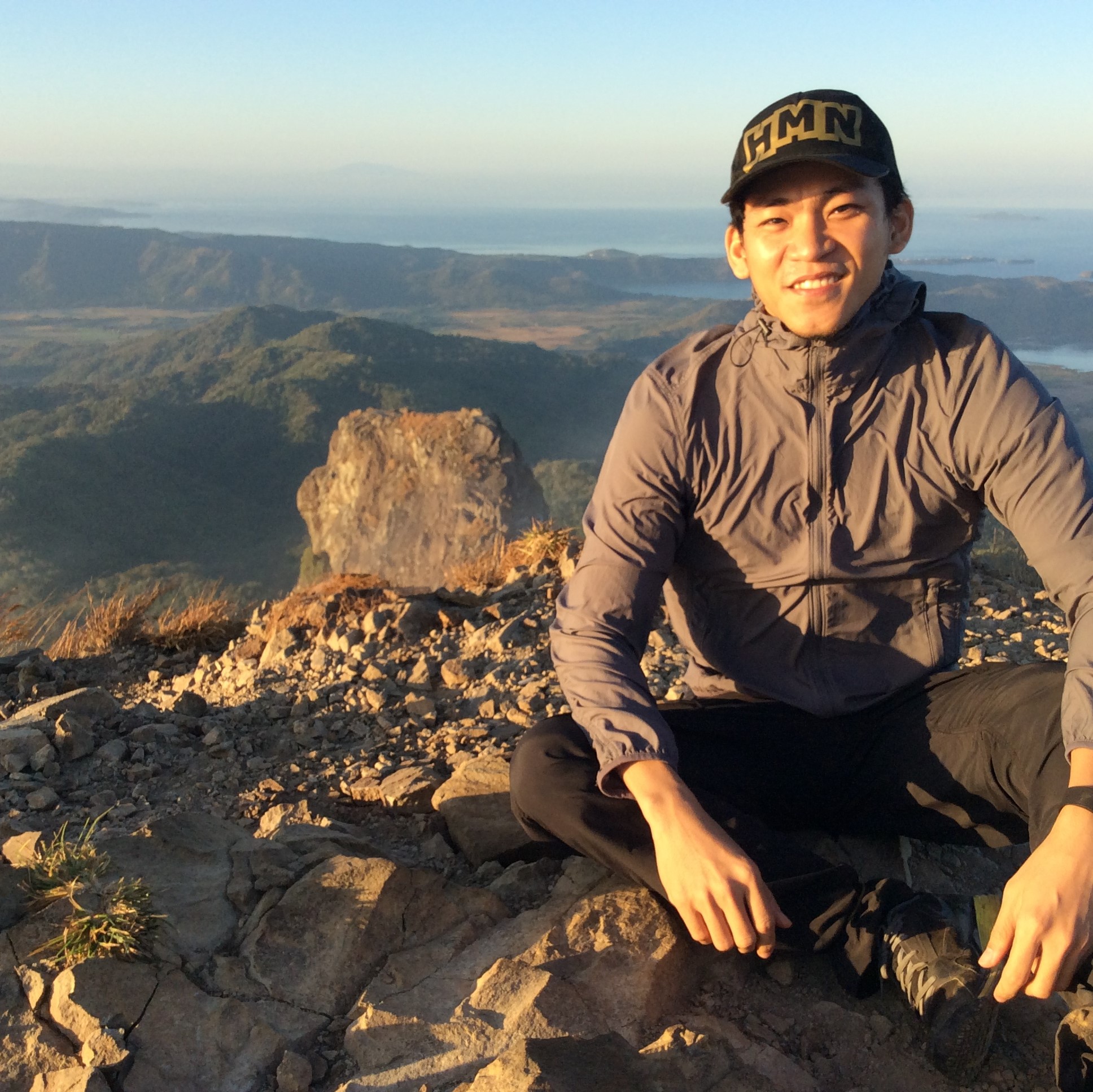
Michael Andrew Manalili
Michael is a Forester by profession but his career is gearing towards Remote Sensing, GIS and Spatial database. He has more than 8 years of experience in the Geomatics field through research, training and education. He is a promoter and user of foss4g and open data. He likes anything with cinnamon and he runs/jogs during his free time.
Google Earth Engine as cloud based Geospatial Computing: A demonstration
Majority of earth observation satellite data have open data policies (e.g. Landsat, Sentinel, MODIS, AVHRR) but acquiring, pre-processing, interpreting and extracting features are at times limited by physical computing power/resource of the user. Google earth engine's provides an alternative cloud based geospatial service (Software As A Service) to individuals with limited desktop/laptop computing power. All algorithms (470,000 lines of code) and petabytes of earth observation raster datasets are available and accessible to the public. Google Earth Engine algorithms and some workflows will be demonstrated for environmental remote sensing applications.

Erwin Olario
Erwin is an OFW - Online Filipino Worker - who does "data laundering", often geodata. He's also an active local community advocate of OpenStreetMap, and advances Free/Open geodata initiatives under the MapAmore project.
OpenStreetMap + Overpass Turbo : Quick & Dirty Data Extraction
A preview of the OpenStreetMap platform, and a short intro about extracting data using OverPass Turbo

Patrick Jay Lucanas
Patrick is a graduate from the University of the Philippines Diliman and also a licensed Geodetic Engineer. He is currently working as a Science Research Specialist I under a DOST-PCIEERD funded project called PhilSHORE. His main role in the project is to model and validate ocean renewable energy in the Philippines. He also handles the development of geographic information system for the site suitability analysis.
Estimating Solar Energy from Geostationary Satellite Data
Renewable energy is becoming very important because of its minimal effect to the environment as opposed to common energy reserves such as fossil fuel and coals. With this, we made an undergraduate research that aims to use satellite images in order to come up with the amount of solar power being received in an area. We used Grass GIS to estimate the amount of solar energy received in an area during clear sky conditions. We also used Python's powerful packages to estimate and model the cloud conditions of the area based from the satellite images over the span of 1 year . Using the results from the two, we produced a model that estimates the solar irridiance of an area during real-sky conditions.
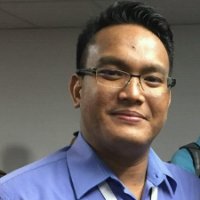
Carl Dominick Calub
Carl has used data science in high-level discussions such as strategy formulation, campaign tactical support, policy implementation design, and impact evaluation. He currently works as a data scientist in Talas Data Intelligence: the big data arm of the PLDT-Smart group. Prior to that he worked in financial services risk management in SGV. He obtained his bachelor's degree in Statistics from UP Diliman.
Typhoon risk program design using R
Carl's talk is about a data-enabled typhoon risk management program he designed. The program consists of typhoon hazard segmentation for physical risk management, as well as a disaster risk financing framework which involves typhoon economic loss measurement stress testing, catastrophe bonds pricing, and an ex ante assessment of hedging strategy efficiency. The GIS operations, visualization, and statistical models were all done using R.
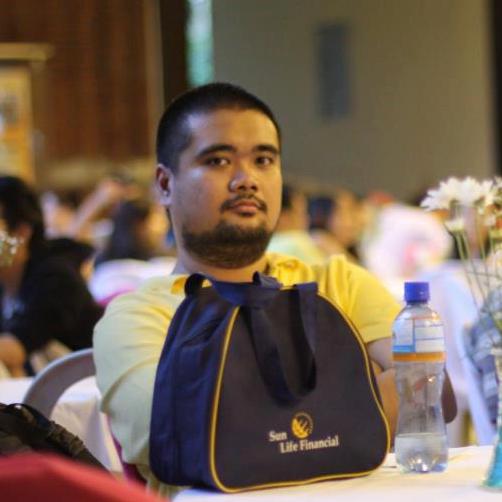
Julius Sempio
A graduate of Master of Science in Geomatics Engineering - Geoinformatics from the University of the Philippines - Diliman. Currently works as research associate for the Data Processing, Archiving and Distribution (DPAD) project of the PHL-Microsat Program, with focus on database design, remote sensing, satellite image quality and denoising, and some blog writing.
PHL-Microsat DPAD Diwata-1 Georef-a-thon + Land Cover Classification in QGIS
A hands-on workshop on using QGIS for georeferencing and land cover classification.

Benjie Jiao
Benjie has been in the software industry for 5 years, building and designing software mostly written in Python. He is currently working for the Philippine Microsatellite Program as lead software engineer under the Data Processing and Archiving team.
He is a fan of technology, music and coffee.
Getting Started with Geospatial Queries in Elasticsearch
A brief talk about implementing geospatial queries using elasticsearch.

Kennedy Espina
Kennedy is currently a part-time lecturer under the Department of Information Systems and Computer Science at the Ateneo de Manila University. He also works as a Research Assistant in a DOST-PCHRD project entitled FASSSTER.
Epidemiological Modeling Using Open-Source Technologies
Kennedy will be discussing about the open-source technologies used in the development of FASSSTER, a web-based disease outbreak modeling tool.

Hadrian Paulo Lim
Hadrian is a PCARI CITAS Research Assistant and currently a MS Computer Science Student in the Ateneo de Manila University.
Fusarium Disease Mitigation using FOSS4G
The talk will be about FOSS technologies that the CITAS project uses to help mitigate the rapid expansion of Fusarium Wilt in banana plantations.

John Ray Bergado
JR is a geospatial researcher and engineer particularly interested in developing and applying machine learning and statistical methods to spatial and temporal problems.
Awesome Talk about Deep Learning